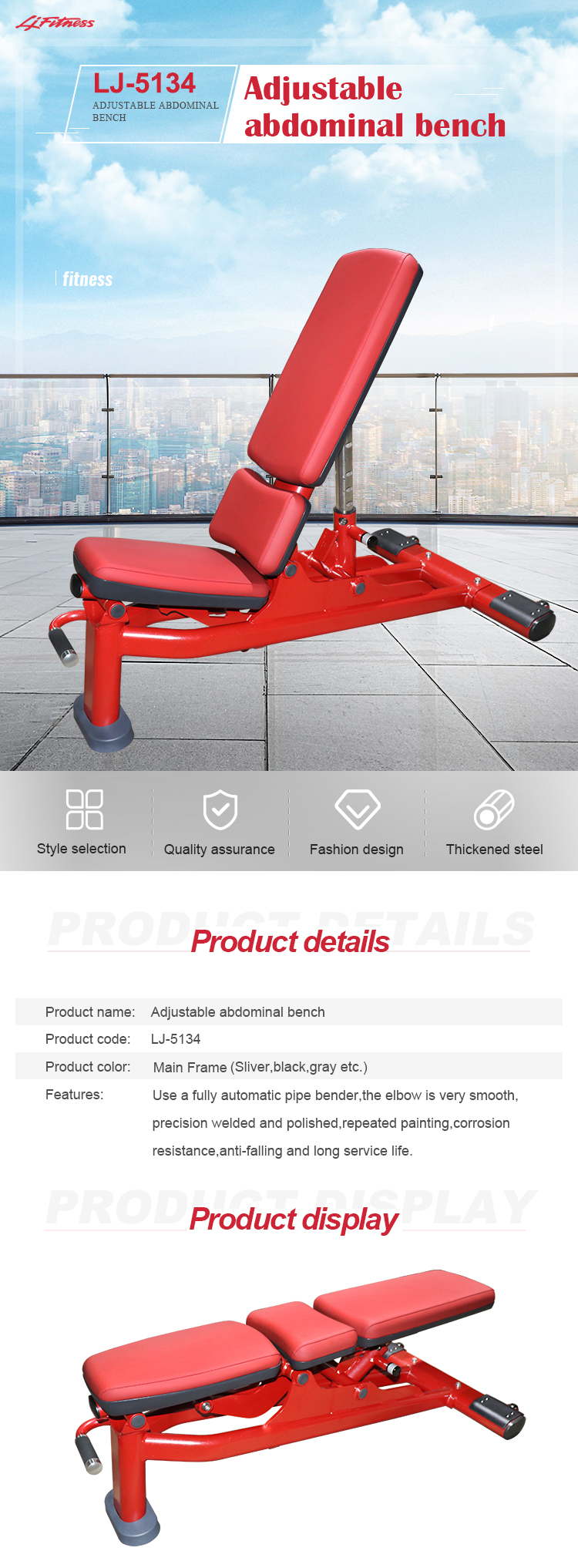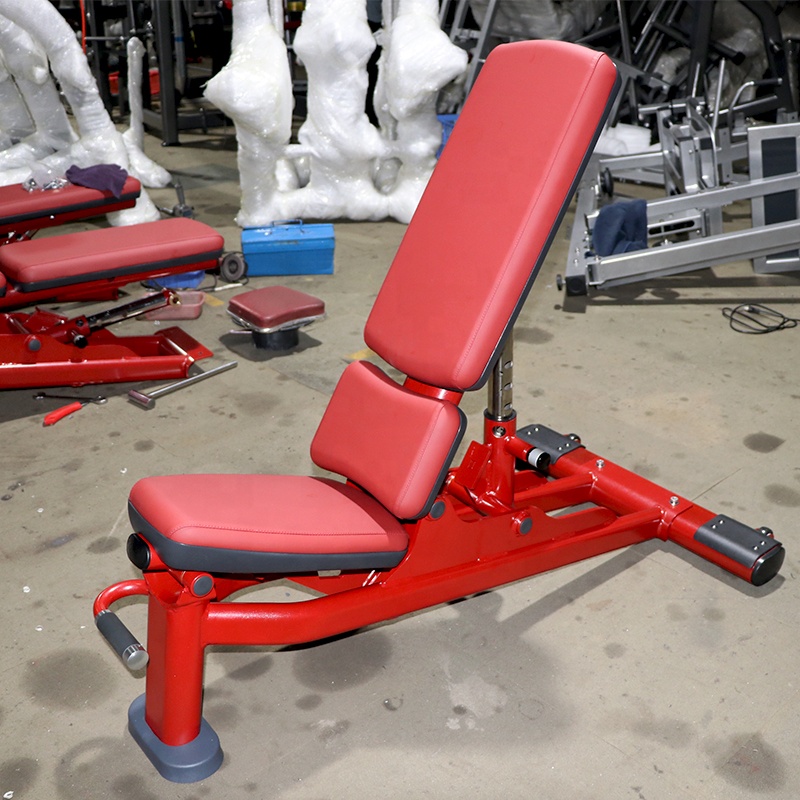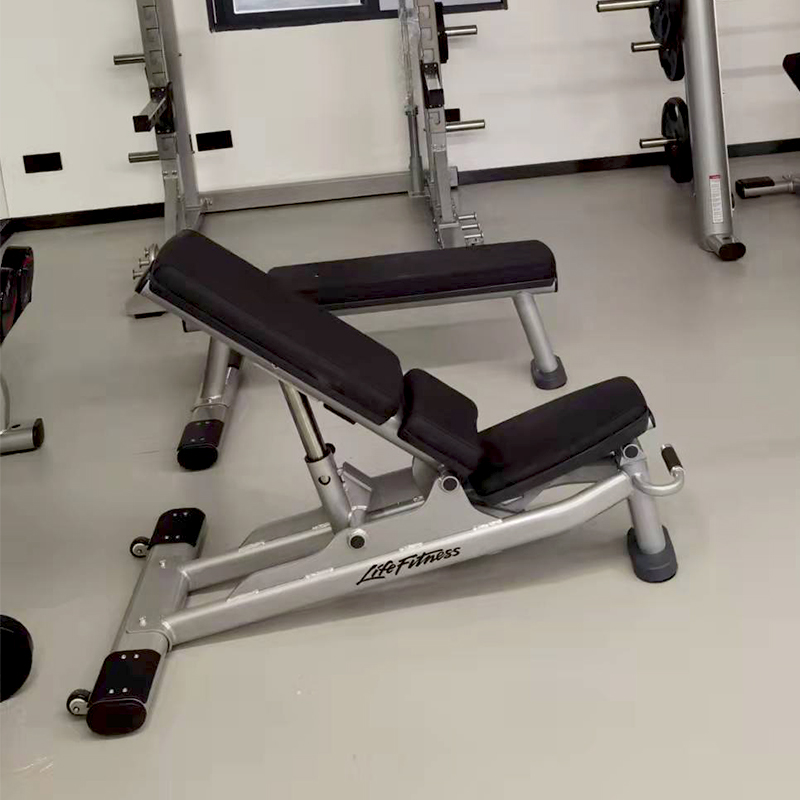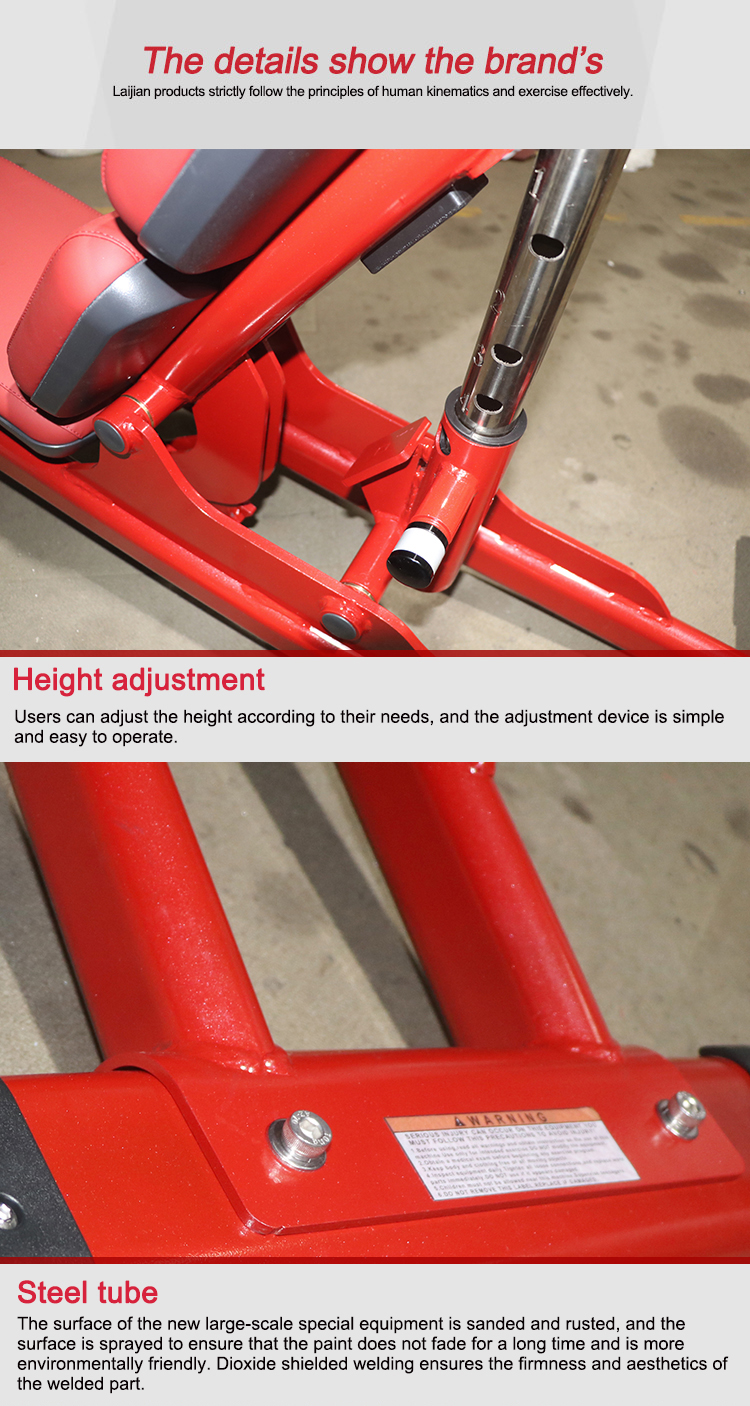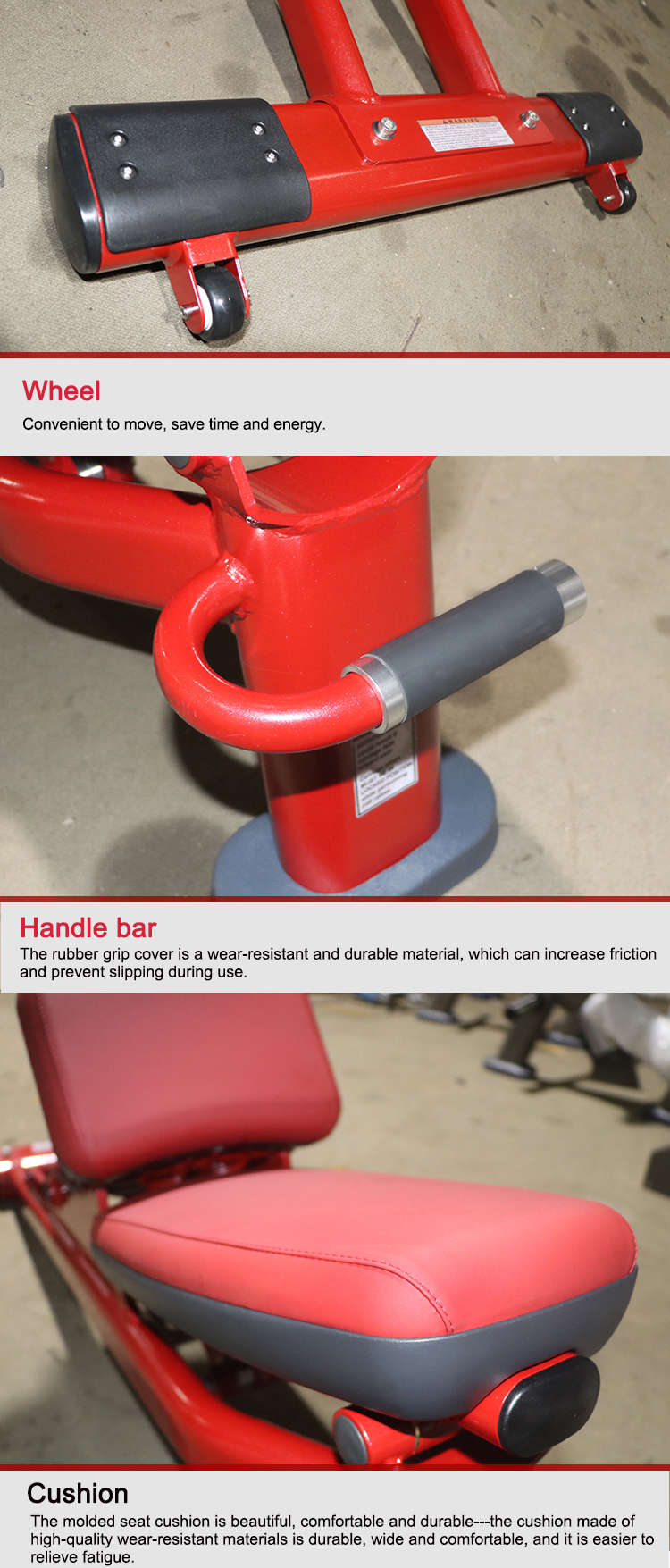Should l buy a flat or incline bench?
The choice between a flat bench and an incline bench depends on your fitness goals, training preferences, and the exercises you plan to perform. Both types of benches have their advantages and are commonly used in weightlifting and bodyweight exercises.
1. Flat Bench:
- A flat bench is versatile and ideal for a wide range of exercises, including barbell bench press, dumbbell flyes, and various chest, triceps, and shoulder workouts.
- It provides a stable base for heavy compound lifts that target large muscle groups.
- If you're looking to focus on overall strength and developing a solid bench press foundation, a flat bench is essential.
2. Incline Bench:
- An incline bench targets the upper chest, shoulders, and triceps differently than a flat bench. It can help improve pectoral development, especially for those with a weak upper chest.
- It's beneficial for exercises like incline bench press, incline dumbbell flyes, and push-ups, which engage different muscle fibers.
- If your goal is to build upper body strength, especially in the chest area, or to target a specific muscle imbalance, an incline bench can be a good addition to your routine.
3. Decline Bench (less common):
- A decline bench is a greater tilt angle and is mainly used for exercises like decline bench press, targeting the lower chest and triceps more. It can also help improve shoulder stability.
- However, it's less common and may not be as essential as a flat or incline bench for most people.
In summary, if you want a more comprehensive workout that covers multiple angles and exercises, both a flat and incline bench would be useful. If you have limited space or budget, you could start with a flat bench and consider investing in an adjustable one that allows you to switch between inclines and declines. Your personal goals and training needs should guide your decision.What height should a workout bench be?
The height of a workout bench can vary depending on your personal preferences, fitness goals, and the exercises you plan to perform. Here are some general guidelines to help you choose the right bench height:
1. **Seated Exercises**: If you primarily do exercises like bench press, barbell rows, or military press, you'll want a bench that allows you to have a comfortable and stable position. The top of the bench should be at or slightly above shoulder height when you're in the starting position for these lifts. This ensures proper alignment and reduces strain on your lower back.
2. **Incline Bench Press**: For incline bench press, the bench should be set higher, typically around chest level or slightly above, to target different muscle groups and promote muscle growth in the upper chest.
3. **Decline Bench Press**: For decline bench press, the bench should be set lower, usually below parallel to the floor, to focus on the lower chest and triceps.
4. **Close-Grip Bench Press**: If you perform this exercise, the bench should be set to a comfortable height that allows you to maintain a close grip without compromising form.
5. **Dips**: A dip rack or dip station can be adjustable, but it should be set to a height where you can easily reach and perform dips with proper form.
6. **Leg Press**: For leg press, the seat should be at hip height or slightly higher to allow for a full range of motion in your legs.
7. **Box Squats**: If you use a squat rack with a box, the box should be set at knee-height or slightly higher to practice proper squat technique without too much weight.
Remember, it's essential to maintain proper form throughout your workouts, regardless of the bench height. You may need to adjust the bench as your strength and flexibility change over time. It's also a good idea to consult a trainer or fitness professional to ensure you're using the correct height for your specific needs.Are adjustable weight good?
Adjustable weights, also known as variable resistance or adjustable dumbbells, can be very beneficial for a variety of reasons. They offer several advantages over traditional fixed-weight equipment:
1. Versatility: Adjustable weights allow you to change the weight easily, which means you can perform a wide range of exercises with just one piece of equipment. This saves space and enables you to target different muscle groups with different resistance levels.
2. Progression: As your strength improves, you can increase the weight, making it suitable for both beginners and advanced users who need to continue challenging themselves.
3. Cost-effective: In some cases, adjustable weights can be more cost-effective than purchasing multiple sets of fixed weights, especially if you have limited space.
4. Flexibility: You can perform a variety of exercises with different grip positions, which helps target muscles from various angles and promotes functional strength.
5. Time-efficient: Adjusting weights takes less time compared to switching between different pieces of equipment, making your workouts more efficient.
However, there are also some potential drawbacks to consider:
- Quality: Lower-quality adjustable weights may not provide the same stability and durability as fixed weights, so it's essential to invest in a reputable product.
- Learning curve: For those new to weight training, learning how to adjust and balance the weights properly might take some time.
Overall, adjustable weights are a good investment for those looking for a versatile, space-saving, and adaptable training tool, provided they are of good quality. They can be an excellent addition to a home gym or a convenient option for those who prefer a more compact workout setup.Are foldable benches good?
Foldable benches can be considered good for several reasons, as they offer versatility and convenience in various contexts. Here are some advantages:
1. Space-saving: Foldable benches are ideal for places with limited space, like homes, offices, or outdoor events. When not in use, they can be easily stored or folded flat, freeing up valuable floor or storage area.
2. Portability: They are lightweight and easy to carry, making them perfect for transporting to picnics, camping trips, or outdoor gatherings where seating is needed temporarily.
3. Multi-purpose: These benches can serve different functions, such as seating during meals, as a step stool, or even as a table when unfolded. Their adaptability is a plus.
4. Durability: Many foldable benches are made of sturdy materials like metal or high-quality plastic, ensuring they can withstand regular use and the wear and tear of being folded and unfolded.
5. Cost-effective: Depending on the quality, they can be a more affordable option compared to fixed seating solutions, especially if you only need them occasionally.
However, it's important to consider the specific design, material, and build quality when purchasing a foldable bench. Low-quality ones might not last as long or be as comfortable to sit on. Overall, if designed well and cared for, foldable benches can be a practical and useful addition to your space.
